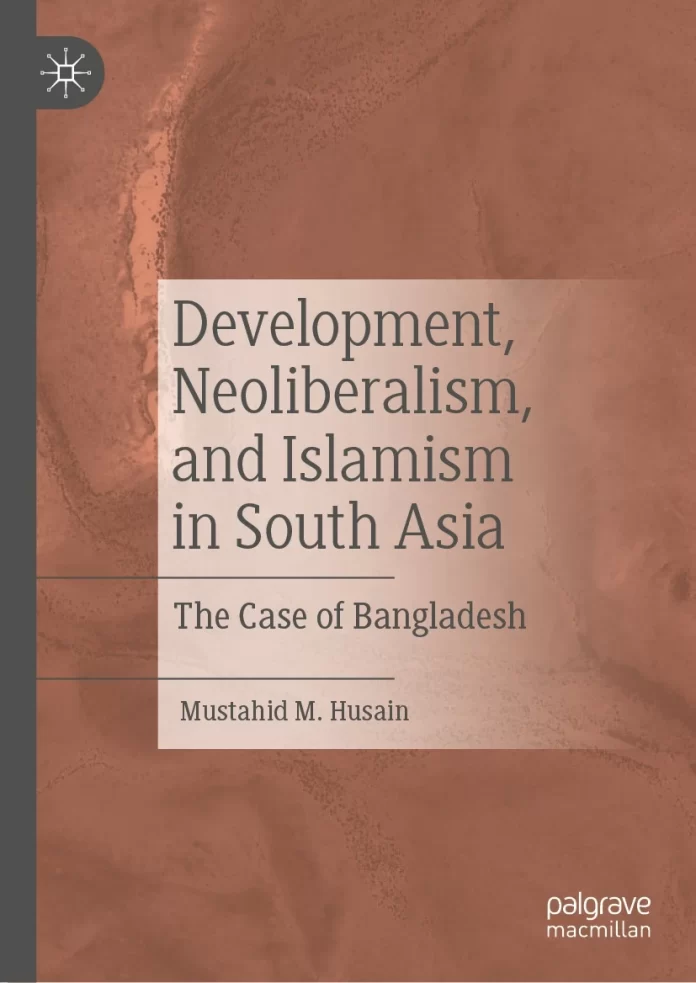 by Hana-Trần
by Hana-Trần
poses the issue of development, in which development for a group of people can lead to underdevelopment for marginalized others. The author critiques the neoliberal definition of development on two important grounds: first, it is limited to material wealth, and second, ignores people’s freedom and well-being. He argues neoliberalism is a “great reversal” of the theories of John Maynard Keynes and contradicts the development history of the industrialized West. This form of neoliberalism, he continues, “values profit above all else and treats society as subordinate to the economy” (pg. 29). The author claims that neoliberal directives overlook historical, political, and above all, human-made causes of poverty in developing countries.
For instance, the World Bank’s development aid and loans to less developed countries are tied to following neoliberal directives to target poverty reduction. However, the outcomes nonetheless appear to make developing countries dependent on developed countries. The author uses Bangladesh as his case and highlights that consumerism, which is a subsequence of neoliberalism, negatively influences Bengali cultures and the Bangla language.
With detailed insights, the author argues that Bengali people, as a resulted and emerged phenomenon, rely heavily on religion, specifically Islam, for “authenticity” and nationalism in contemporary Bangladesh. Re-evaluating Karl Polanyi’s (2008 [1944]) embeddedness and double movement between society and market to illustrate the important, contested strand between Islam and Bangalee (Bangladeshi) cultures, the author argues that social relations and production have become embedded in Islam in Bangladesh instead of Islam being embedded in the larger culture. The author refers to this phenomenon as the “great” transformation of Bangladesh (pg. 117).
Political elites collide with religious parties and international aid agencies to cut budgets for advanced education in public universities but grant licenses to businessmen to build private universities and banks; a practice the author refers to as “dual hegemony”.
As a precursor of the outcome, the author firmly holds one historical event as critical. During the Cold War, the newly independent and secular Bangladesh’s sovereignty in 1971 was not recognized by the United States. After the CIA-supported military coup in 1975, a pro-Islamic government was established in Bangladesh and the country consequently was recognized by the Royal Saudi Government, which became Bangladesh’s most important source of the labour market and orthodox Islamic influence. Today, Islamism provides Bangladeshis with a sense of self and belonging which in turn veils the people’s lack of class consciousness. Waz mahfil, or Islamic sermons, in rural settings continue to contain “vulgar, misogynistic speeches regarding females, and derogatory comments about “others” (pg. 116).
The book conclusively illustrates religions are time and again used by the powerful to accumulate wealth while attacking women and other religious and ethnic minorities to deflect people about class struggles. Political elites collide with religious parties and international aid agencies to cut budgets for advanced education in public universities but grant licenses to businessmen to build private universities and banks; a practice the author refers to as “dual hegemony” (pg. 54). The outcome facilitates a culture where corruption becomes a survival mechanism for the commoners (pg.134)
Corruption in Bangladesh is unpacked through the description of how the Bangladesh Road Transport Authority (BRTA) works. It receives technical assistance from international aid donors. Bribery is an extensive issue throughout the BRTA system, where whenever possible the officials prefer using a pencil rather than a pen/keyboard to write receipts, which means the document could easily be changed if needed and traces of change would thus be minimized. In addition, a commoner to the BRTA is subtly forced to pay bribes to a dalal (middle-man) to speed up the bureaucratic process, while higher-ranking officers accept bribes to overlook more serious matters. In BRTA’s organized anarchy, a customer’s complaint is easily ignored.
Among various empirical research methods the author conducted to study development-induced corruption in Bangladesh, I am especially fascinated by his interlocutors from different positions in the system. Since this topic required realistic surveys, interviews were the appropriate method. The interviewees including the ones who declined the author’s invitation to meet provided profound answers as well as realness to the matter.
The book also offers a unique perspective on the Bangladesh military, whose increasing private sector engagements are acknowledged to be sincere and efficient. Readers might wonder if neoliberalism or Islamism has any positive impacts on the economic effectiveness of the military. The author explains the military’s commercial role as a positive side of development by pointing out that the military is a “professional force and a corporate entity over which civilian authorities exercise control” (pg. 127). At the same time, the author argues that budget cuts in public higher education institutions and lack of quality control in private universities appear to create “zombie graduates” (pg. 94), and thus, the military fills in the vacuum in the country’s private sector. Although this chapter is shorter, it intrigues the reader to demand more investigation on this topic.
Overall, the empirical findings presented in the book will be of great interest to the students, academics, and practitioners vis-à-vis equitable, ethical as well as socially and environmentally just processes and outcomes of development.











